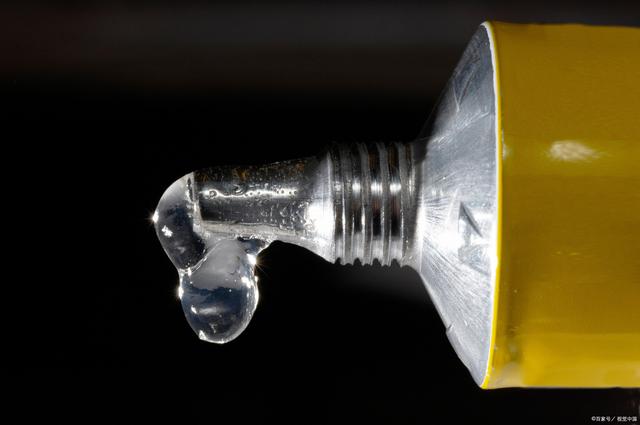Papermaking, an ancient yet ever-evolving art, has significantly benefited from the advancements in chemical additives, particularly defoamers. This article delves into the fundamentals of papermaking defoamers, exploring their significance in maintaining production efficiency and enhancing paper quality.

**Body**:
- **Background of Papermaking Process**: Briefly outline the transformation of plant fibers into paper sheets, highlighting the stages from raw material collection to final product processing.
- **Foam Challenges in Papermaking**: Discuss the various sources of foam generation during papermaking, including raw material impurities, chemical additives, and mechanical agitation. Explain how foam can hinder production stability and compromise paper quality.
- **The Function of Defoamers**: Detail the primary purpose of defoamers in papermaking—to control and reduce foam formation, ensuring smooth operation and superior paper quality.
- **Types of Defoamers**: Introduce common types of defoamers used in papermaking, such as polyether, silicone, and fatty alcohol-based formulations, and their unique properties.
**Conclusion**:
Emphasize the indispensable role of defoamers in modern papermaking processes, underlining their contribution to cost-effective production and environmental sustainability.

 English
English
 Chinese
Chinese Vietnamese
Vietnamese
 HOME
HOME
 PRODUCT
PRODUCT
 NEWS
NEWS
 CONTACT
CONTACT


